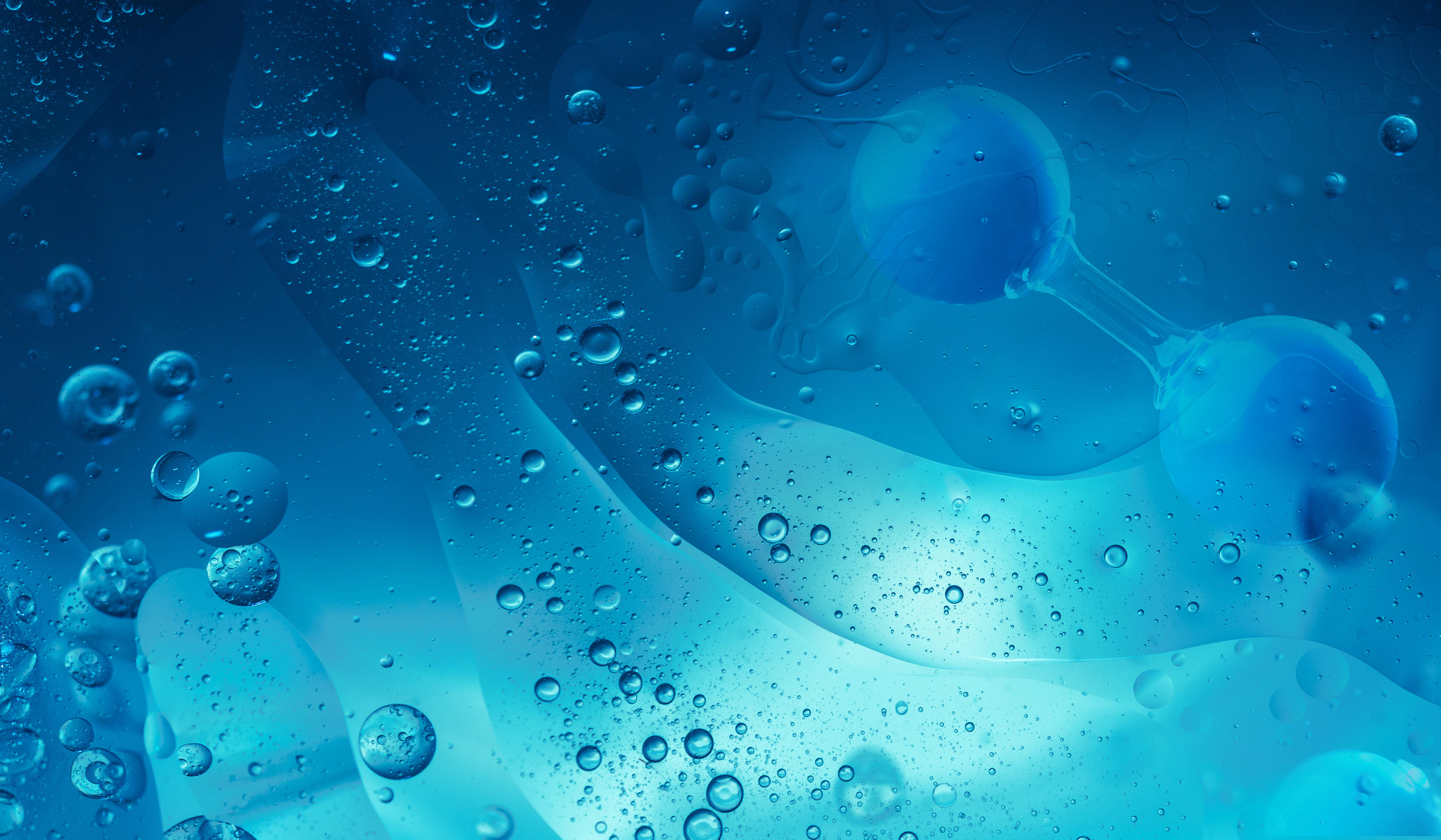DIN EN 12393-2
Foods of plant origin - Multiresidue methods for the determination of pesticide residues by GC or LC-MS/MS - Part 2: Methods for extraction and cleanup; German version EN 12393-2:2013
Pflanzliche Lebensmittel - Multiverfahren zur Bestimmung von Pestizidrückständen mit GC oder LC-MS/MS - Teil 2: Verfahren zur Extraktion und Reinigung; Deutsche Fassung EN 12393-2:2013
Overview
Pesticides as well as plant protection products are employed for the cultivation of crops in order to provide sustainable protection from pests and non-parasitic interference. Around 650 of such products with approximately 250 active substances are permitted for use in Germany. Pesticide residues can still remain on harvests and infect foodstuffs even after the proper and intended application of pesticides. The maximum amounts of pesticides in various foodstuffs are specified based on levels of toxicity and exposure to individual pesticides. The valid legal basis in Germany is the regulation on maximum residue amounts. Standardized maximum amounts are being established in the EU and are specified in Annex I of European Directive 91/414/EEC. Residues must be analytically applicable so that maximum amounts are meaningful. The need for uniform sampling methods and methods of analysis is therefore explicitly specified in Regulation (EC) No. 396/2005. Based on this, the responsible Working Committee "Pestizide" ("Pesticides") is preparing standards for the determination of pesticide residues in foods of plant origin. This European Standard comprises a range of methods of equal status: no single method can be identified as the prime method because, in this field, methods are continuously developing. The selected methods included in this standard have been validated in interlaboratory studies and/or are widely used throughout Europe. Any method specified in this European Standard is suitable for the identification and quantification of a respectively given number of organ-halogenated and/or organophosphorus and/or organo-nitrogene pesticides that are found as residues in plant-based foods. This European Standard contains the following methods that have been subjected to interlaboratory studies and/or are adopted throughout Europe: method M: Extraction with acetone and liquid-liquid partition with dichloromethane/light petroleum, if necessary clean-up on Florisil®; method N: Extraction with acetone, liquid-liquid partition with dichloromethane or cyclohexane/ethyl acetate and clean-up with gel permeation and silica gel chromatography; method P: Extraction with ethyl acetate, and if necessary, clean-up by gel permeation chromatography. Method L described in EN 12393-2:2008 has been deleted as it is no longer in use according to European experts. Mass spectrometry as well as tandem mass spectrometry as determination techniques have been described more frequently in the past few years.


